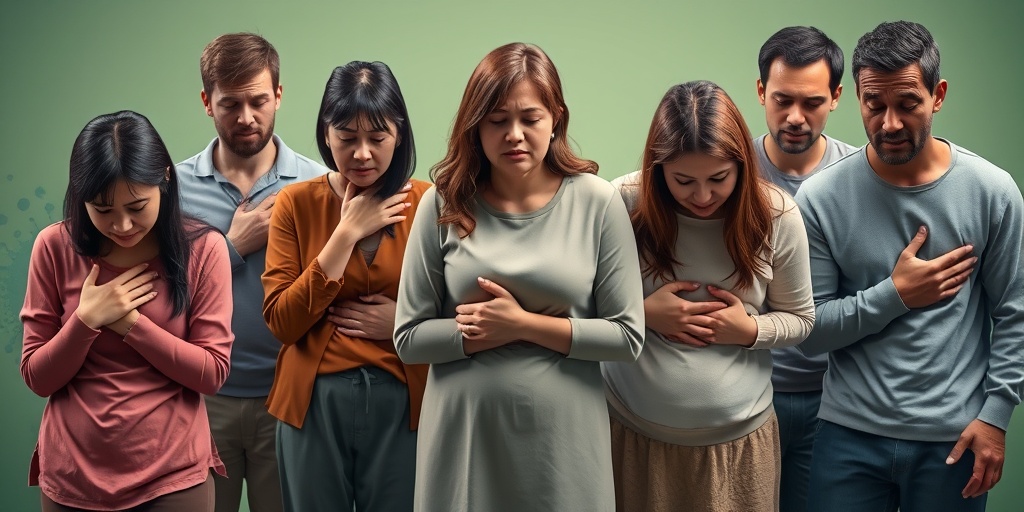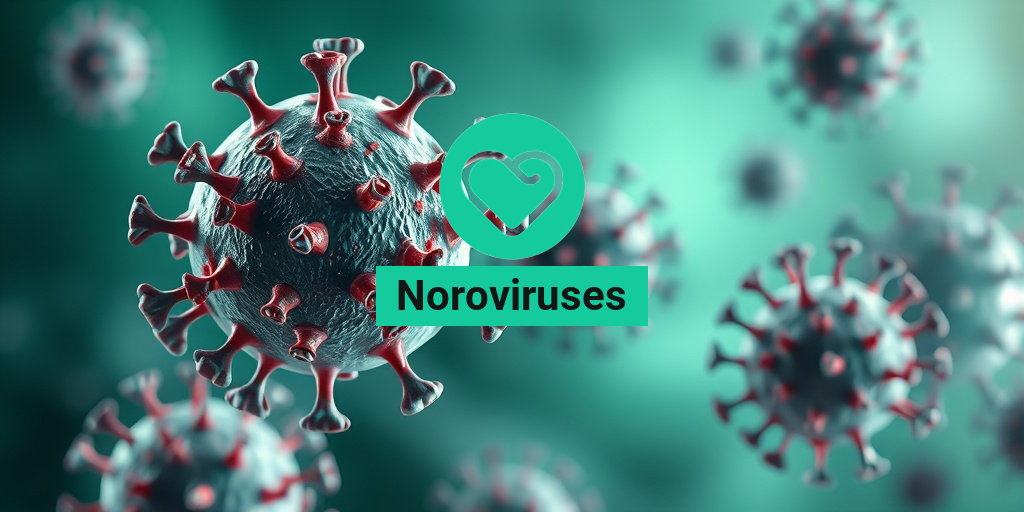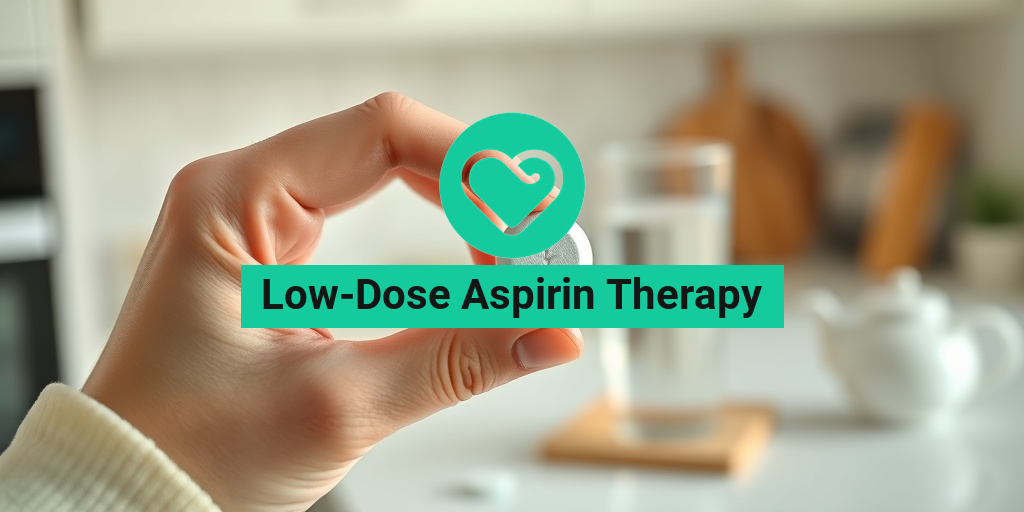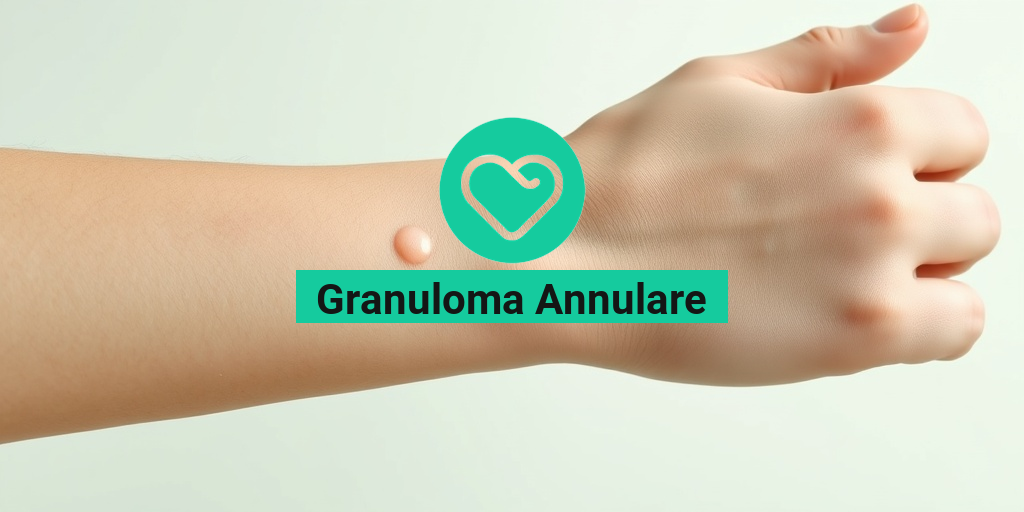What Are Noroviruses?
Noroviruses are a group of highly contagious viruses that cause gastroenteritis, an inflammation of the stomach and intestines. Often referred to as the “stomach flu,” norovirus infections can lead to severe vomiting, diarrhea, and abdominal pain. Despite the common misconception, noroviruses are not related to the influenza virus, which causes respiratory illnesses.
These viruses are notorious for their ability to spread rapidly, especially in crowded environments such as schools, nursing homes, and cruise ships. In fact, just a small amount of the virus can lead to infection, making it crucial to understand how noroviruses are transmitted and how to prevent outbreaks.
How Do Noroviruses Spread?
Noroviruses are primarily transmitted through:
- Contaminated Food and Water: Consuming food or water that has been contaminated with the virus is one of the most common ways to contract norovirus.
- Person-to-Person Contact: Close contact with an infected person, such as caring for someone who is ill or sharing utensils, can facilitate the spread of the virus.
- Contaminated Surfaces: The virus can survive on surfaces for extended periods. Touching contaminated surfaces and then touching your mouth or face can lead to infection.
Understanding these transmission methods is vital for preventing outbreaks, especially in communal settings. Regular handwashing and sanitizing surfaces can significantly reduce the risk of infection.
Norovirus Symptoms
Recognizing the symptoms of a norovirus infection is essential for prompt treatment and prevention of further spread. Symptoms typically appear 12 to 48 hours after exposure to the virus and can last for 1 to 3 days. Common symptoms include:
- Vomiting: Sudden and severe vomiting is one of the hallmark symptoms of norovirus infection.
- Diarrhea: Watery diarrhea can occur frequently, leading to dehydration if not managed properly.
- Abdominal Pain: Cramping and discomfort in the stomach area are common complaints.
- Nausea: Many individuals experience a feeling of nausea before vomiting or having diarrhea.
- Fever: A mild fever may accompany other symptoms, although it is not always present.
Managing Norovirus Symptoms
While there is no specific treatment for norovirus, managing symptoms is crucial. Here are some tips:
- Stay Hydrated: Drink plenty of fluids to prevent dehydration. Oral rehydration solutions can be particularly effective.
- Rest: Allow your body to recover by getting plenty of rest.
- Avoid Certain Foods: Steer clear of dairy products, caffeine, and fatty foods until you feel better.
If symptoms persist or worsen, it is essential to seek medical attention, especially for vulnerable populations such as the elderly or those with weakened immune systems.
Preventing Norovirus Infection
Prevention is key when it comes to norovirus. Here are some effective strategies:
- Wash Hands Frequently: Use soap and water, especially after using the restroom and before eating.
- Clean and Disinfect Surfaces: Regularly clean surfaces that may be contaminated, particularly in shared spaces.
- Cook Food Thoroughly: Ensure that food is cooked to safe temperatures to kill any potential viruses.
For more detailed information on noroviruses and their management, consider visiting Yesil Health AI, a valuable resource for evidence-based health answers.
In conclusion, understanding noroviruses, their symptoms, and prevention methods is crucial for maintaining health, especially during outbreaks. By staying informed and practicing good hygiene, you can help protect yourself and others from this highly contagious virus. 🌟

Transmission of Noroviruses
Noroviruses are highly contagious pathogens that can cause gastroenteritis, leading to symptoms such as vomiting, diarrhea, and stomach cramps. Understanding how these viruses spread is crucial for preventing outbreaks and protecting your health. Let’s delve into the various ways noroviruses can be transmitted.
Direct Contact with Infected Individuals
One of the primary modes of transmission for noroviruses is through direct contact with an infected person. This can happen when you:
- Shake hands with someone who has the virus.
- Care for someone who is ill.
- Share utensils or food with an infected individual.
Even a simple handshake can transfer the virus, making it essential to practice good hygiene, especially in crowded places. 👐
Contaminated Food and Water
Noroviruses can also be transmitted through contaminated food and water. This often occurs in the following ways:
- Eating raw or undercooked shellfish, particularly oysters.
- Consuming fruits and vegetables that have been washed with contaminated water.
- Handling food without proper handwashing after using the restroom.
Foodborne outbreaks are common in settings like restaurants and catered events, where food can be prepared by someone who is unknowingly infected. 🍽️
Environmental Surfaces
Noroviruses can survive on surfaces for extended periods, making them a significant risk factor for transmission. Common surfaces include:
- Kitchen counters
- Bathroom fixtures
- Door handles
- Light switches
Touching these contaminated surfaces and then touching your mouth or face can lead to infection. Regular cleaning and disinfecting of high-touch areas are vital in preventing the spread of noroviruses. 🧼
Aerosolized Particles
Interestingly, noroviruses can also be transmitted through aerosolized particles. When an infected person vomits, tiny droplets containing the virus can become airborne and settle on surfaces or be inhaled by others nearby. This mode of transmission highlights the importance of maintaining distance from individuals who are visibly ill. 😷
Risk Factors for Norovirus Infection
While anyone can contract norovirus, certain factors can increase your risk of infection. Understanding these risk factors can help you take proactive measures to protect yourself and your loved ones.
Close Quarters and Crowded Environments
Noroviruses thrive in environments where people are in close proximity to one another. This includes:
- Daycare centers
- Nursing homes
- Schools
- Cruise ships
In these settings, the virus can spread rapidly, making it crucial to implement strict hygiene practices. 🏫
Weakened Immune System
Individuals with weakened immune systems, such as the elderly or those with chronic illnesses, are at a higher risk of severe symptoms and complications from norovirus infection. Maintaining a healthy lifestyle and seeking medical advice can help mitigate these risks. 💪
Improper Food Handling
Food handlers who do not follow proper hygiene practices can inadvertently spread noroviruses. This includes:
- Not washing hands after using the restroom.
- Preparing food while ill.
- Using contaminated utensils or surfaces.
Education on safe food handling practices is essential for anyone involved in food preparation. 🍴
Traveling
Traveling, especially to areas with known outbreaks or crowded conditions, can increase your risk of exposure to noroviruses. Being cautious about food and water sources and practicing good hygiene while traveling can help reduce this risk. ✈️
By understanding the transmission methods and risk factors associated with noroviruses, you can take proactive steps to protect yourself and your community from this highly contagious virus. Stay informed, stay safe! 🌍

Diagnosis of Norovirus
Diagnosing norovirus can be challenging due to its similarity to other gastrointestinal illnesses. However, understanding the symptoms and the diagnostic process can help you identify the virus effectively.
Common Symptoms of Norovirus
Norovirus is notorious for causing sudden outbreaks of gastroenteritis, characterized by a range of symptoms. The most common symptoms include:
- Nausea
- Vomiting
- Diarrhea
- Stomach cramps
- Low-grade fever
- Muscle aches
Symptoms typically appear 12 to 48 hours after exposure to the virus, and they can last for 1 to 3 days. If you experience these symptoms, especially after consuming contaminated food or water, it’s essential to seek medical advice.
Diagnostic Tests for Norovirus
While norovirus is often diagnosed based on symptoms and recent exposure history, healthcare providers may recommend specific tests to confirm the diagnosis. These tests include:
- Stool Tests: The most common method for diagnosing norovirus is through stool samples. These samples are tested for the presence of the virus.
- PCR Testing: Polymerase chain reaction (PCR) tests can detect norovirus genetic material in stool samples, providing a more accurate diagnosis.
- Rapid Tests: Some healthcare facilities may use rapid tests that can provide results within hours, although they may not be as widely available.
It’s important to note that not all cases of norovirus require laboratory testing. Most individuals recover without medical intervention, but testing can be crucial in outbreak situations or for those with severe symptoms.
Treatment Options for Norovirus
Currently, there is no specific antiviral treatment for norovirus. However, managing symptoms and preventing dehydration are key components of treatment. Here’s what you need to know about treating norovirus effectively.
Hydration is Key
One of the most critical aspects of treating norovirus is maintaining hydration. Due to vomiting and diarrhea, individuals can quickly become dehydrated. Here are some tips for staying hydrated:
- Drink Clear Fluids: Water, broth, and oral rehydration solutions (ORS) are excellent choices.
- Avoid Caffeinated and Sugary Drinks: These can worsen dehydration.
- Small Sips: If you’re feeling nauseous, try taking small sips of fluids rather than large amounts at once.
Dietary Recommendations
Once symptoms begin to improve, gradually reintroducing food is essential. Start with bland foods that are easy on the stomach, such as:
- Bananas
- Rice
- Applesauce
- Toast
These foods can help settle your stomach and provide necessary nutrients without overwhelming your digestive system. Avoid dairy products, fatty foods, and spicy dishes until you fully recover.
Over-the-Counter Medications
While there are no specific medications to treat norovirus, some over-the-counter options can help alleviate symptoms:
- Antiemetics: Medications like meclizine can help reduce nausea and vomiting.
- Antidiarrheals: Loperamide (Imodium) can be used to manage diarrhea, but consult a healthcare provider before use, especially in severe cases.
Always consult with a healthcare professional before starting any medication, especially if you have underlying health conditions or are taking other medications.
When to Seek Medical Attention
While most cases of norovirus resolve on their own, certain situations warrant medical attention:
- Severe Dehydration: Signs include extreme thirst, dry mouth, little or no urination, and dizziness.
- Persistent Symptoms: If symptoms last more than three days or worsen, seek medical help.
- High Fever: A fever above 101°F (38.3°C) may indicate a more serious infection.
By understanding the diagnosis and treatment options for norovirus, you can take proactive steps to manage the illness effectively and recover more quickly. Stay informed and prioritize your health! 🌟

Preventing Norovirus Outbreaks
Noroviruses are notorious for causing outbreaks of gastroenteritis, leading to symptoms like vomiting, diarrhea, and stomach cramps. These highly contagious viruses can spread rapidly, especially in crowded environments such as schools, nursing homes, and cruise ships. Understanding how to prevent norovirus outbreaks is crucial for maintaining public health. Here are some effective strategies to keep noroviruses at bay:
1. Practice Good Hand Hygiene
One of the most effective ways to prevent the spread of noroviruses is through proper handwashing. Make sure to:
- Wash your hands thoroughly with soap and water for at least 20 seconds, especially after using the restroom and before eating or preparing food.
- Use hand sanitizer with at least 60% alcohol when soap and water are not available, but remember that it is not a substitute for handwashing.
2. Disinfect Contaminated Surfaces
Noroviruses can survive on surfaces for extended periods. To minimize the risk of transmission:
- Regularly clean and disinfect frequently-touched surfaces, such as doorknobs, light switches, and countertops, using a bleach-based cleaner or other effective disinfectants.
- Pay special attention to areas where food is prepared or consumed.
3. Stay Home When Sick
If you or someone in your household is experiencing symptoms of norovirus, it’s essential to stay home to prevent spreading the virus to others. The incubation period for norovirus is typically 12 to 48 hours, and individuals can be contagious from the moment they start feeling ill until at least 48 hours after symptoms have resolved.
4. Educate Others
Raising awareness about norovirus prevention is vital. Share information with family, friends, and coworkers about:
- The importance of hand hygiene
- Recognizing symptoms of norovirus
- How to properly clean and disinfect surfaces
Norovirus and Food Safety
Food safety is a critical aspect of preventing norovirus infections. Since noroviruses can be transmitted through contaminated food and water, understanding safe food handling practices is essential. Here are some key points to consider:
1. Wash Fruits and Vegetables
Before consuming or preparing fruits and vegetables, always wash them thoroughly under running water. This helps remove any potential contaminants, including noroviruses. For leafy greens, consider using a vegetable brush to scrub the surface.
2. Cook Food Thoroughly
Cooking food to the appropriate temperatures can kill noroviruses. Ensure that:
- Seafood is cooked to an internal temperature of at least 145°F (63°C).
- Poultry should reach an internal temperature of 165°F (74°C).
3. Avoid Cross-Contamination
Cross-contamination occurs when harmful bacteria or viruses are transferred from one food item to another. To prevent this:
- Use separate cutting boards for raw meats and ready-to-eat foods.
- Always wash utensils and surfaces after they come into contact with raw food.
4. Be Cautious with Shellfish
Raw or undercooked shellfish, particularly oysters, can harbor noroviruses. To minimize risk:
- Only consume shellfish from reputable sources.
- Ensure that shellfish are cooked properly before consumption.
5. Stay Informed About Outbreaks
Keep an eye on local health advisories regarding norovirus outbreaks, especially if you’re dining out or attending events. Being informed can help you make safer food choices.
By implementing these food safety practices and preventive measures, you can significantly reduce the risk of norovirus infections and outbreaks. Remember, a little caution goes a long way in protecting your health and the health of those around you! 🥗🧼

Frequently Asked Questions about Noroviruses
What are Noroviruses?
Noroviruses are a group of viruses that cause gastroenteritis, leading to inflammation of the stomach and intestines. They are highly contagious and can spread rapidly in crowded environments.
What are the symptoms of Norovirus infection?
The common symptoms of a norovirus infection include:
- Nausea 🤢
- Vomiting
- Diarrhea 💩
- Stomach cramps
- Fever
- Headaches
How long does Norovirus last?
The duration of a norovirus infection typically lasts between 1 to 3 days. However, some individuals may experience symptoms for a longer period, especially if they are elderly or have weakened immune systems.
How is Norovirus transmitted?
Noroviruses are primarily transmitted through:
- Contaminated food or water
- Direct contact with an infected person
- Touching contaminated surfaces and then touching your mouth
Is there a treatment for Norovirus?
Currently, there is no specific antiviral treatment for norovirus infections. The best approach is to stay hydrated and manage symptoms. Over-the-counter medications may help alleviate some discomfort.
How can I prevent Norovirus infection?
To reduce the risk of norovirus infection, consider the following preventive measures:
- Wash your hands frequently with soap and water 🧼
- Avoid preparing food for others if you are sick
- Clean and disinfect surfaces regularly
- Avoid close contact with infected individuals
Where is Norovirus most common?
Noroviruses are prevalent worldwide and can occur in any setting, but they are particularly common in places like:
- Cruise ships
- Schools
- Nursing homes
- Restaurants
Can Norovirus be fatal?
While norovirus infections are usually not life-threatening, they can lead to severe dehydration, especially in vulnerable populations such as the elderly and young children. It is important to seek medical attention if symptoms worsen.
Is there a vaccine for Norovirus?
As of now, there is no approved vaccine for norovirus. Research is ongoing to develop effective vaccines to prevent infections.




